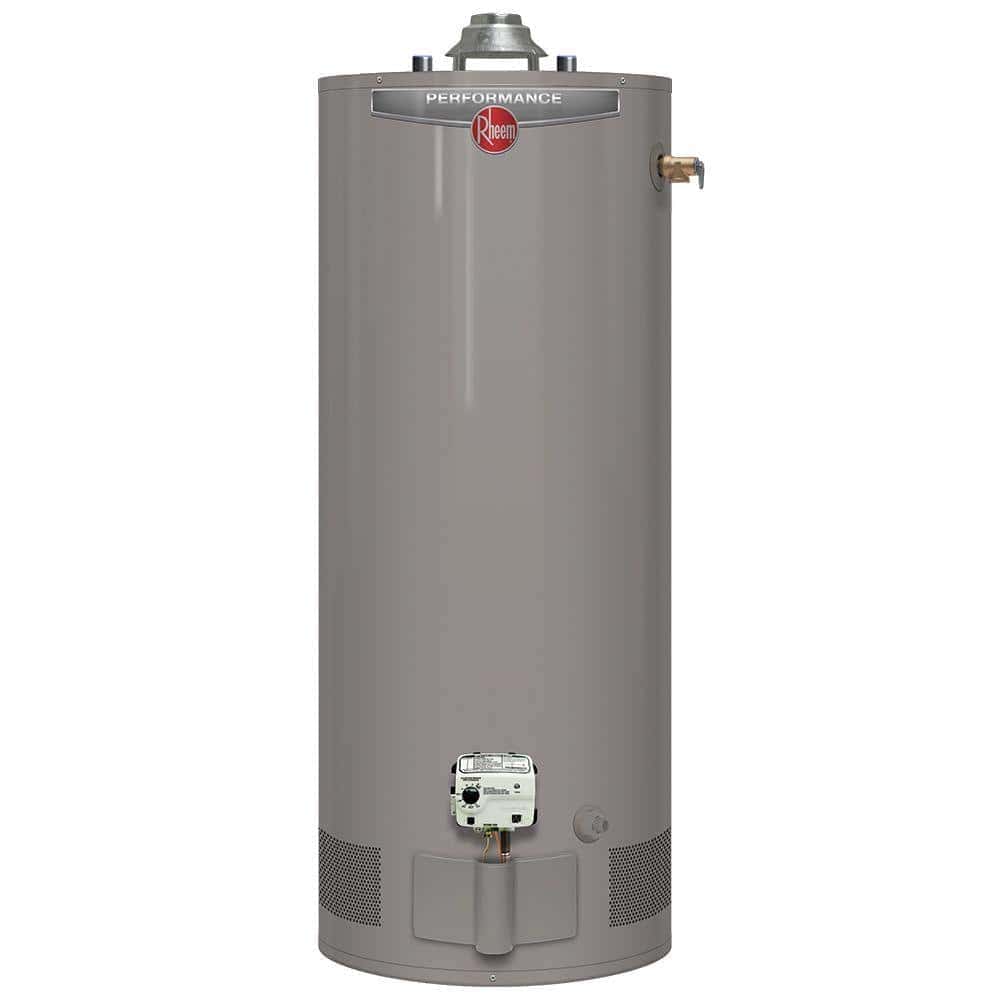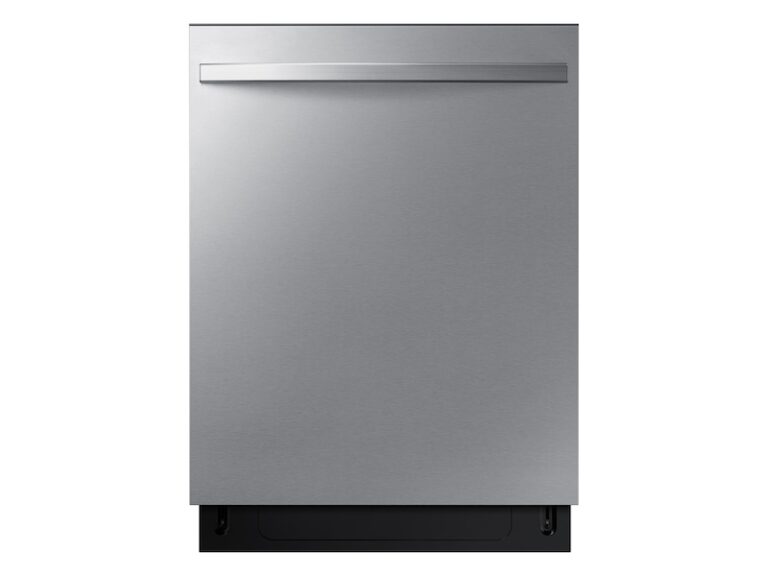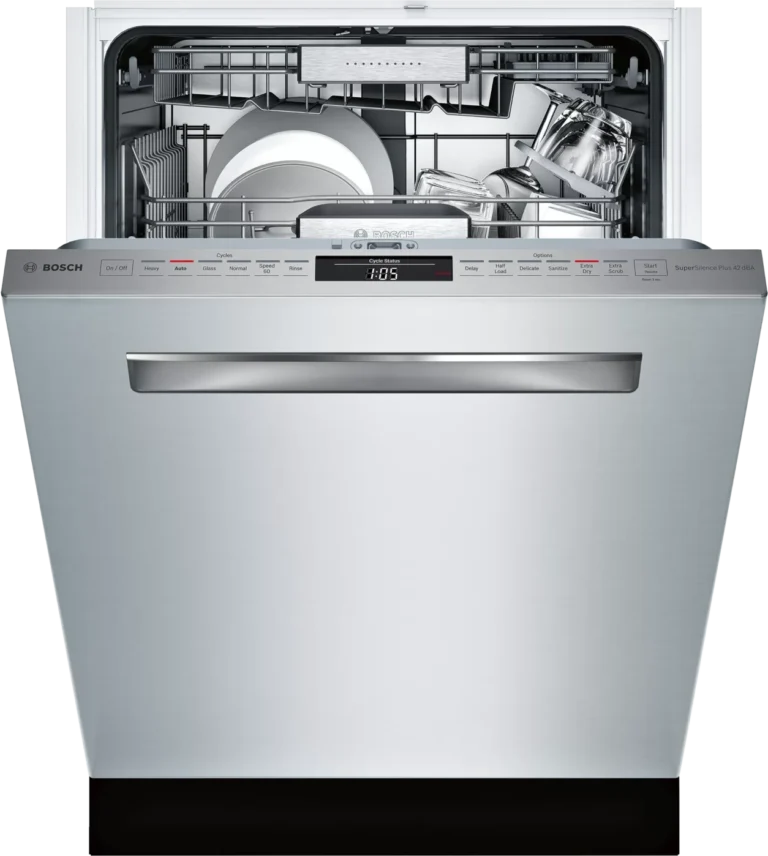When it’s time to move a water heater, many wonder if it’s safe to transport it on its side. This concern is valid as water heaters are bulky and delicate units that could be damaged if not handled properly. To address this concern, it is indeed possible to transport a water heater on its side under the right conditions. Careful preparation can prevent damage to the heater and ensure its safe arrival at the new location.
Before laying a water heater on its side for transportation, proper padding and securing are necessary. The internal components and the external structure of the water heater can be susceptible to damage if the appliance is jostled or subjected to undue pressure. Therefore, securing it within a vehicle with sufficient space and using straps to hold it in place are crucial steps. Special attention needs to be given to gas-powered water heaters due to their fragile components.
How To Properly Transport a Water Heater
Transporting a water heater requires careful preparation to avoid damage, leaks, or safety hazards. Whether you’re moving it to a new location or bringing a new unit home, following the right steps ensures the water heater arrives intact and ready for installation.
Preparation and Safety Precautions
- Turn off all utilities: Shut off power (electricity or gas) and water supply connected to the water heater.
- Drain the tank: Completely drain the water heater to reduce weight and prevent leaks.
- Disconnect plumbing: Carefully disconnect water lines and any venting or gas lines (consider professional help for gas connections).
- Secure the unit: Strap or secure the water heater to prevent tipping or rolling during transport.
- Use proper equipment: A dolly or hand truck helps move the heavy unit safely.
Step-by-Step Transport Guide
1. Drain the Water Heater
- Attach a garden hose to the drain valve.
- Open the valve and let the water fully drain.
- Open a hot water faucet in your home to help air enter the tank and speed draining.
- Ensure the tank is completely empty before moving.
2. Disconnect the Water Heater
- Turn off the power supply:
- For electric heaters, switch off the breaker.
- For gas heaters, turn off the gas supply.
- Disconnect water supply lines using appropriate wrenches.
- Detach any vent pipes or exhaust if it’s a gas unit.
3. Prepare for Moving
- Wrap the water heater with blankets or padding to protect the exterior.
- Use straps to secure the heater onto a dolly or hand truck.
- Keep the water heater upright during transport to protect internal components.
4. Transport Upright
- Always transport the water heater in a vertical position.
- Laying it down can cause damage to internal parts and increase the risk of leaks.
- Secure the unit firmly in the vehicle to prevent tipping or sliding.
5. Loading and Unloading
- Use at least two people to lift and maneuver the water heater.
- Avoid dragging it on the ground.
- Use ramps or lifts if loading into a truck or van.
6. Installation Preparation
- Once at the destination, inspect the water heater for damage.
- If it’s a used unit, consider flushing it before installation.
- Reconnect plumbing and utilities following local codes and manufacturer instructions.
Additional Tips
- New water heaters: Some manufacturers may void warranties if transported lying down.
- Gas units: Always have a professional disconnect and reconnect gas lines.
- Heavy units: Use proper lifting techniques to avoid injury.
- Local codes: Adhere to local building and safety codes during installation.
Sources:
- AFM Plumbing Heating: Transporting a Water Heater: Safe Step by Step Guide
- The Plumbero: How to Transport Water Heater | Detailed Guide (2025)
- Western Builder Supply: 10 Essential Tips for Safely Transporting Your Water Heater
Can I Transport a Water Heater on Its Side?
Transporting a water heater isn’t as simple as loading up a couch. There are risks involved. Here’s what you need to consider before loading your water heater on its side:
Why Transporting a Water Heater Upright Is Best
- Internal Components: Water heaters contain delicate parts (like the dip tube and heating elements) that can be damaged if the tank is jostled on its side.
- Insulation: The insulation within the tank can shift if it’s laid down, potentially affecting the heater’s efficiency over time.
If You MUST Lay it on its Side:
Here are some essential tips for minimizing the risks:
- Drain it: Drain all the water from the tank to prevent internal water damage.
- Disconnect it Safely: Shut off the power or gas supply and carefully disconnect all lines.
- Provide Padding: Place cushioning beneath the tank and between any moving parts on the outside to prevent damage.
- Minimize Movement: Transport the heater carefully and try to avoid excessive bumps or shaking.
The Best Approach
It’s always safest to transport a water heater upright. Here’s how:
| Feature | Description |
|---|---|
| Rental Trucks | Many rental truck companies offer appliance dollies. |
| Trailer | If you have access to a trailer, secure the water heater upright to it with straps. |
Remember, while it’s possible to transport a water heater on its side, it does carry potential risks. If unsure, it’s always best to consult a professional plumber.
Key Takeaways
- Water heaters can be transported on their side when adequately prepared.
- It’s essential to pad and secure the heater well to avoid internal and external damage.
- Gas-powered water heaters require extra care due to their sensitive components.
Preparing for Transportation
When moving a water heater, the focus is on keeping the unit stable and protected. Proper methods and materials will ensure a safe transit.
Securing the Water Heater
Before you set the water heater into your vehicle, make sure it will not move around. You can do this with straps. Ratchet straps are best for holding the water heater firmly in place. Bungee cords are also an option but may not offer the same level of security. Lay down blankets or padding under and around the water heater to shield it from bumps and scratches.
- Use ratchet straps or bungee cords to secure the heater.
- Place blankets or other forms of padding for added protection.
Proper Lifting and Moving Techniques
Always lift with your legs, not your back, to avoid injury. If the water heater is very heavy, get help from another person or use a dolly or hand truck to move it to the vehicle. Make sure the path is clear before you begin moving the heater.
- For heavy units, employ a dolly or hand truck.
- Enlist professional assistance if the water heater is too cumbersome to manage safely.
During Transportation
When moving a water heater, it’s key to handle the appliance with care to prevent damage. Proper loading, securing, and driving practices will ensure that it arrives intact and ready to use.
Loading and Positioning
Load the water heater into a car, SUV, or pickup truck with a focus on safety. Position the appliance horizontally on a flat area. The back seat or trunk should be used if they provide enough space. Use padding to protect the heater’s surface. Strong straps should secure the heater to prevent it from rolling or shifting. If it must be placed on its side, the controls should be facing up to avoid pressure on them.
On the Road
While driving, smooth and steady is the way to go. Avoid sharp turns and sudden stops to keep the water heater stable. Regularly check that the appliance remains secure and that the movement of the car does not cause it to tip over or move. If you hear any sliding or bumping, safely stop and check the water heater’s positioning and straps. It’s better to be safe and double-check than to risk damage to the plumbing component or your car.
Frequently Asked Questions
When transporting a water heater, it’s crucial to know the safest practices to protect the appliance and ensure it works properly upon installation.
Is it safe to lay a new water heater down for transportation?
It’s generally safe to transport a new water heater on its side, especially if it’s electric and secured properly. Ensure the appliance is padded and stable during the move.
What precautions should be taken when transporting a heat pump water heater on its side?
For heat pump models, they must be kept upright to prevent damage to the compressor. If one has to move it on its side, do so for a short duration and consult the manufacturer beforehand.
What is the correct way to transport a water heater in a pickup truck?
The water heater should be securely placed on a bed of padding and strapped in place to prevent any movement. It’s best to keep it upright if possible.
For how long is it acceptable to transport an electric water heater on its side?
While short distances are usually fine, it is critical not to leave an electric water heater on its side for extended periods. Check the manual for time limits to avoid potential damage.
Are there specific manufacturer guidelines for transporting A.O. Smith or Rheem water heaters laterally?
Certain manufacturers like A.O. Smith and Rheem provide guidelines for transportation. Always check the manual or contact the manufacturer for the appropriate methods.
Are there any risks associated with transporting a water heater laying down?
One risks damaging the heater’s internal components if not secured properly. Water heaters should always be stable and well-cushioned during transport to prevent damage.






